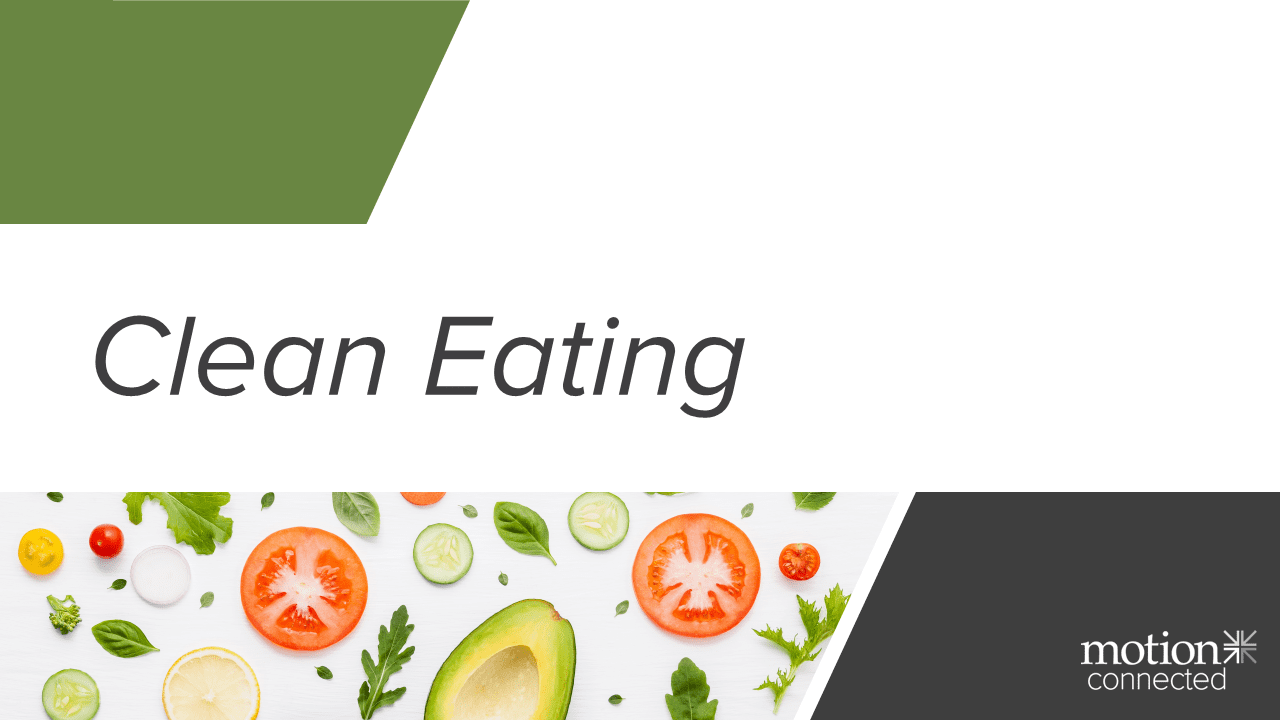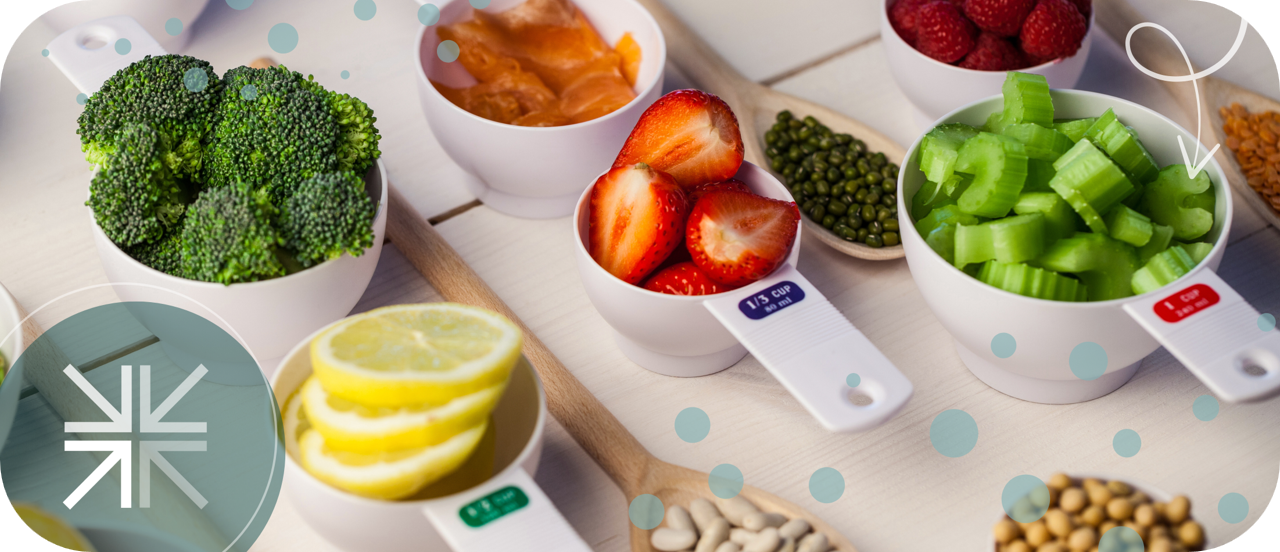
Take a look at a muffin from your local coffee shop. Then Google a photo of a muffin from the 1990s.
Spoiler alert: one of them could probably double as a softball.
Over the past few decades, our food hasn’t just changed—it’s grown. Portion sizes have increased so gradually that we barely noticed. A "medium" soda now holds more than what used to be a large. A bag of chips that says “2 servings” is usually eaten in one sitting. And when takeout containers and oversized restaurant plates start to set the standard, it’s no wonder we forget what “enough” really is.
But it’s not just about size. It’s also about what those packages are telling us—or not telling us.
When Marketing Gets Loud, Pay Attention to What's Quiet
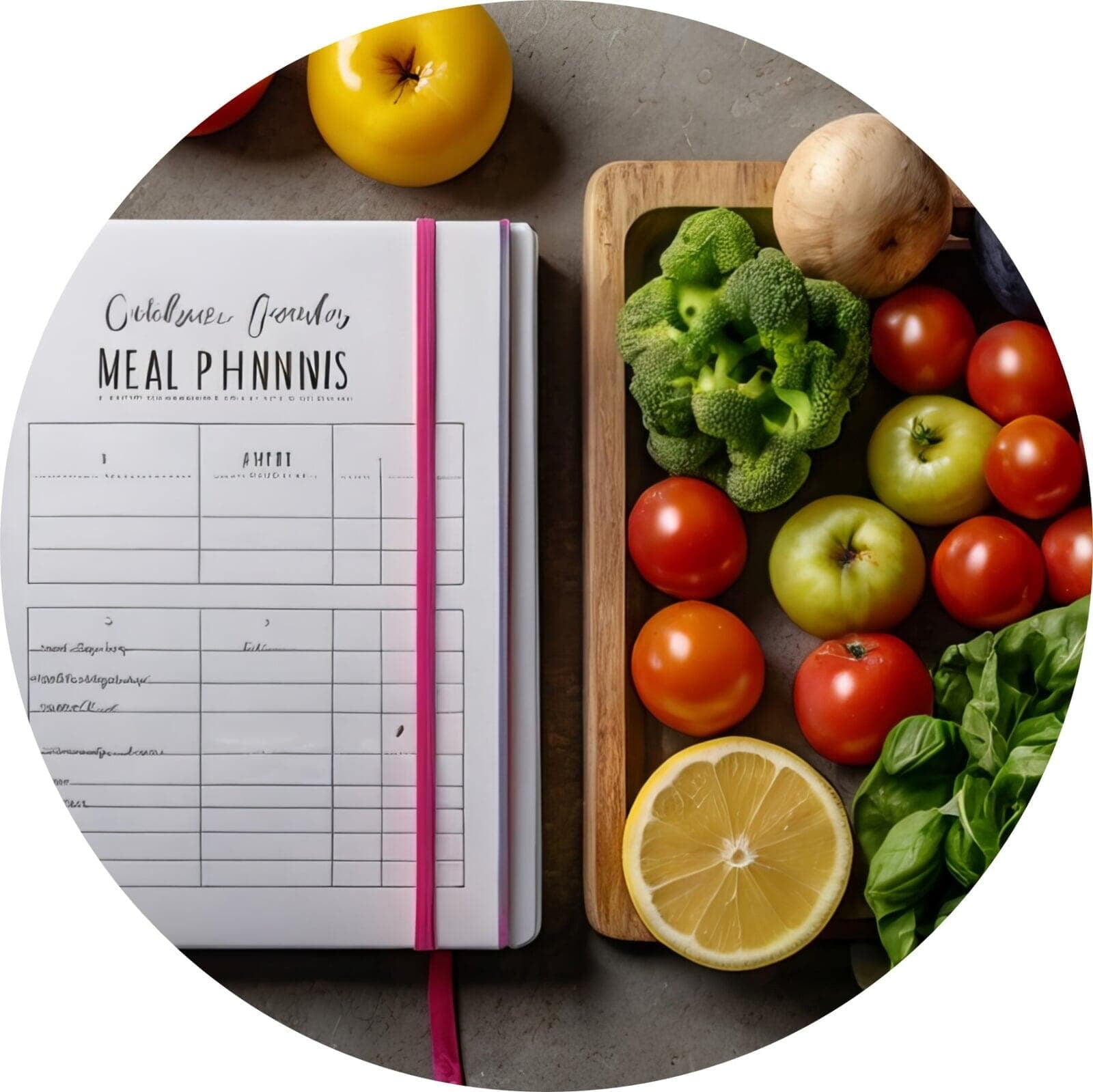
Let’s talk about labels. Not the nutrition facts, but the front of the box, the part that declares things like:
🔹“Keto-friendly!”
🔹“100% natural!”
🔹“Low fat!”
🔹“No added sugar!”
🔹“Made with whole grains!”
These claims may be catchy and persuasive but they’re often misleading. They make us feel like we’re making a smart choice without needing to dig deeper. But behind the pretty fonts and healthy-sounding buzzwords, the real story is hiding on the back panel.
That “low-fat” snack might be packed with sugar. That “natural” granola bar might contain 18 ingredients. And that serving size? It’s often much smaller than you’d imagine.
The Fix: Use What You've Already Got
Here’s where it gets empowering: you don’t need fancy tools or a nutrition degree to outsmart food marketing or fix your portions. You just need to:
🔹 Flip the box. Look at the serving size first (spoiler: it's smaller than you think). Then check calories, added sugar, sodium, fiber, and protein content.
🔹 Use your hands. Your palm = 1 portion of lean protein. Fist = about a cup. Thumb = a tablespoon. Cupped hand = ½ cup. Simple. Personal. Always available.
>>> Check out Motion Connected's Visual Guide to Estimating Servings
🔹 Ask one question:“Is this portion and product helping me feel how I want to feel?” (Not just full—but fueled.)
🔹 Set yourself up for success. Try not to eat with distractions to avoid overeating without realizing it and start off by measuring how much you want and putting it in a bowl rather than eating from the box/bag.
It's Not About Guilt. It's About Getting Smart.
Food isn’t the enemy. Misleading food labels are. But the more you pay attention, whether it’s reading a label or noticing how full you feel, the more confident, balanced, and in control you’ll be.
So next time you reach for a snack or build a plate, pause for a moment. Is that “serving” really a serving? Is that “healthy” cereal really fueling you? Or just wearing a clever disguise?
You’ve got this!
Want to learn more? Check out the links below for more helpful resources!
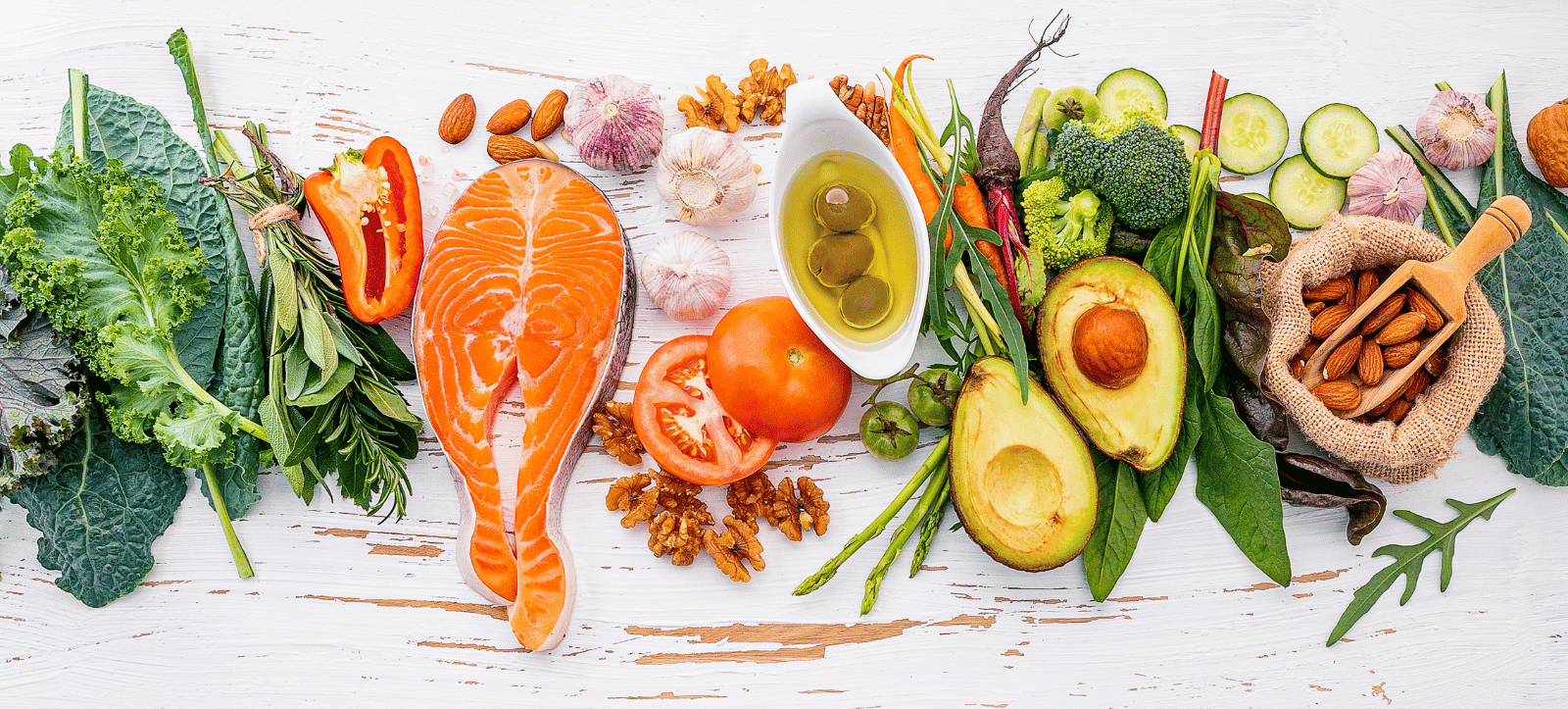
8 Mood Boosting Foods
To really make a positive difference in your mood, consider reaching for a more wholesome snack the next time you’re feeling down.
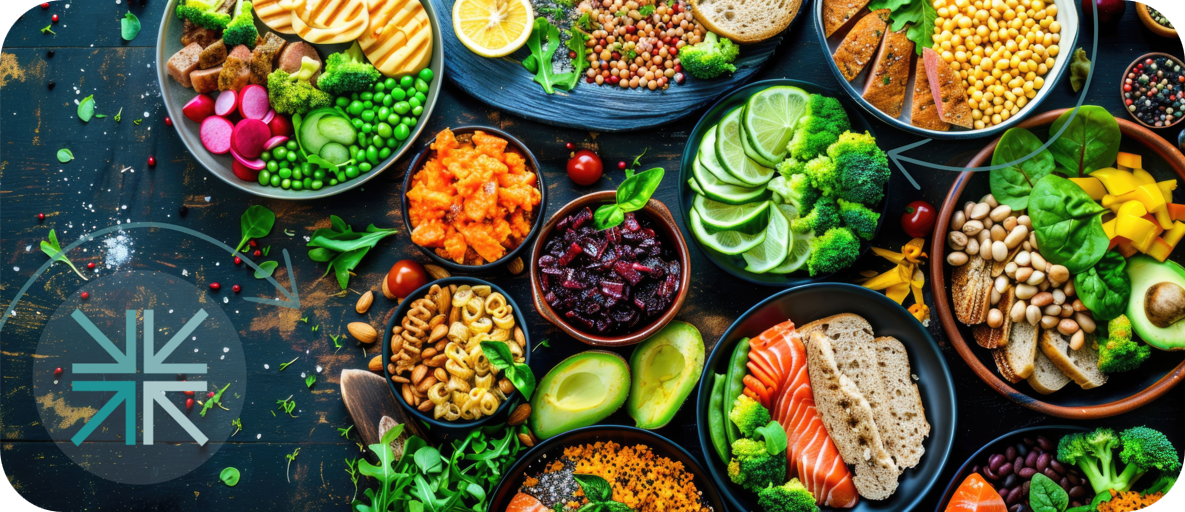
Making Every Bite Count
